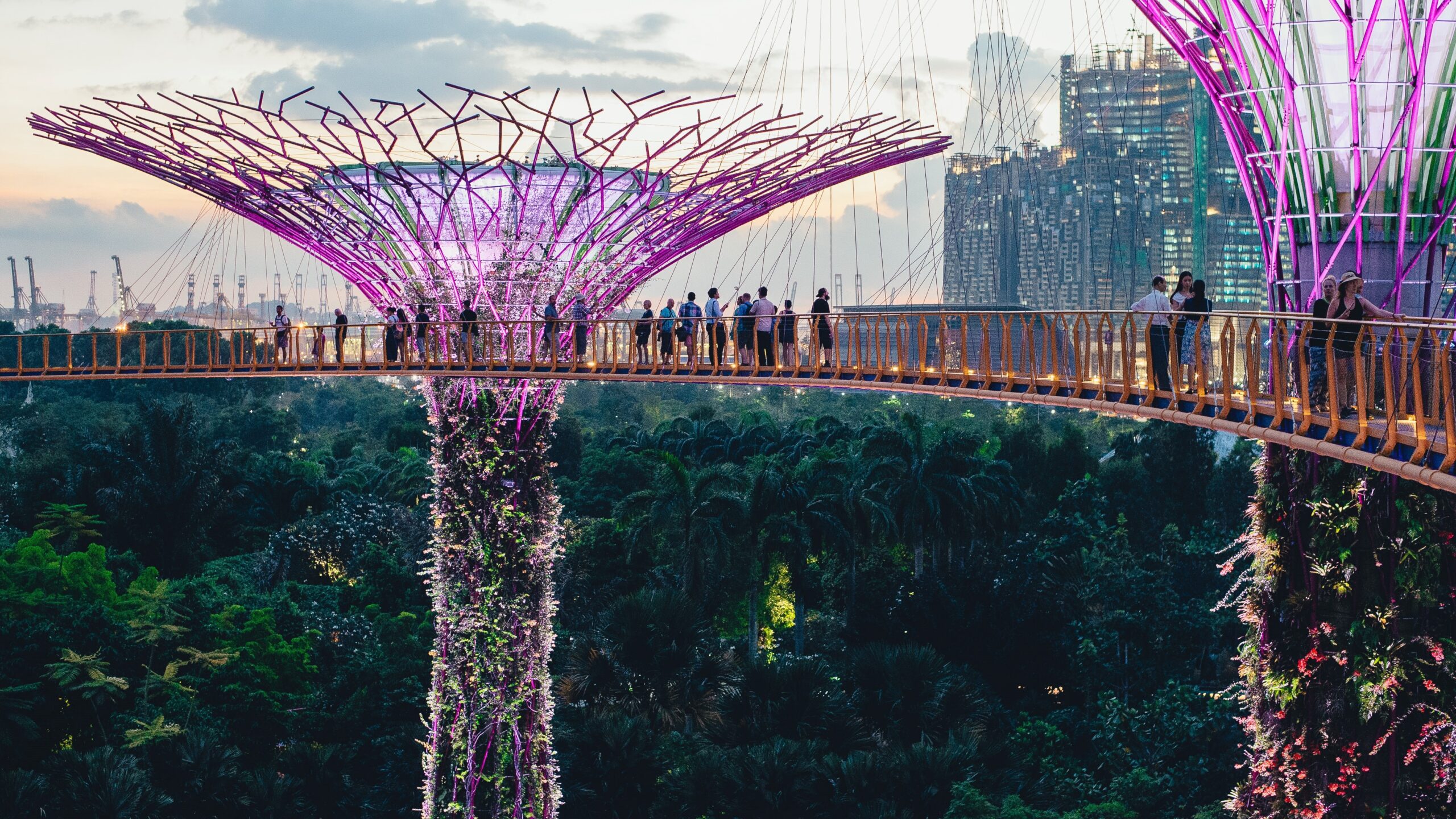
An opinion piece by Dr. Nadina Galle
While many are willing to write off technology as the antithesis of nature, I’m swimming against this current. I’m on a mission to uncover discrete technologies as groundbreaking tools to proactively manage greenery, increase access to the outdoors, and connect children and their families with nature. Since 2017, I have met hundreds of innovators developing and deploying technologies to create nature-rich communities around the world. I traced a founding generation of these “techno-ecologists”, changing how we relate to the ecology that sustains us. I call their quest: Internet of Nature (IoN) – my holistic concept for using technology that is restorative of nature, rather than exploitative.
Nearly two centuries ago, the first, modern, public parks were created to provide an environment that would mitigate the shortcomings of the Industrial Revolution. Against all odds, nature thrived in these human-dominated environments, and in turn, cities became tolerable habitats for both people and wildlife.
Now, as urban development creeps across the world, nature must fight and often die trying, for its rightful place in the city. Where nature used to provide a place to breathe, it must now also provide a whole laundry list of other duties: reduce the “heat island” effect; buffer cities from rising seas, inland flooding, and wildfires; promote biodiversity and wildlife connectivity; improve human health and well-being.
Despite big ambitions and so-called “million-tree campaigns”, cities across the world, from Amsterdam to Mumbai have all lost more greenery than they’ve gained in the past ten years. Fewer trees filter the air and provide shade on a hot day. Fewer wetlands and marshes clean the water and protect communities from floods. And fewer public spaces invite all people to forge community and build solidarity.
Five years ago, I realized that despite best intentions, planners, developers, engineers, and city officials addressing these challenges were operating in the dark, and on borrowed time. Simultaneously, I saw how increasingly “smart” cities had embraced technology for mobility, lighting, congestion, parking, and waste management, but continued to exclude ecology, the backbone of urban life. Whereas recent decades proved why technology cannot conquer nature, the innovators at the center of the IoN promise to uncover how forcefully the two can work together as a team.
Innovators like Bert van der Linden, a whip-smart but stubborn tree caretaker who learned to trust soil sensors to optimize irrigation of his newly planted trees; Tim Rademacher, a plant physiologist slash computer programmer who got a century-old oak, through sensors and cameras, to live-tweet the effects of climate change; Stine Kondrup, who designed a mobile augmented reality game which takes young and old on Pokémon GO-like urban nature safaris; Matthew Wells, the City of Santa Monica’s urban forester, who struggled to protect his city’s trees – until he discovered satellite imagery; Menno Schilthuizen, an evolutionary biologist who designed an AI to decipher the lightening of snail’s shell colors in cities; and many others..
The creators of the IoN believe – almost universally – that, like all good technology, their innovations can be measured best by how invisibly they operate as urbanites enjoy their effects. These “invisible technologies” now help a new generation create the healthy environments we want for our families and ourselves: I’m working to bring them into the light. If you want to learn more about the innovators at the heart of the IoN, check out my podcast, Internet of Nature Podcast.
Authors:
Nadina Galle (Green City Watch)